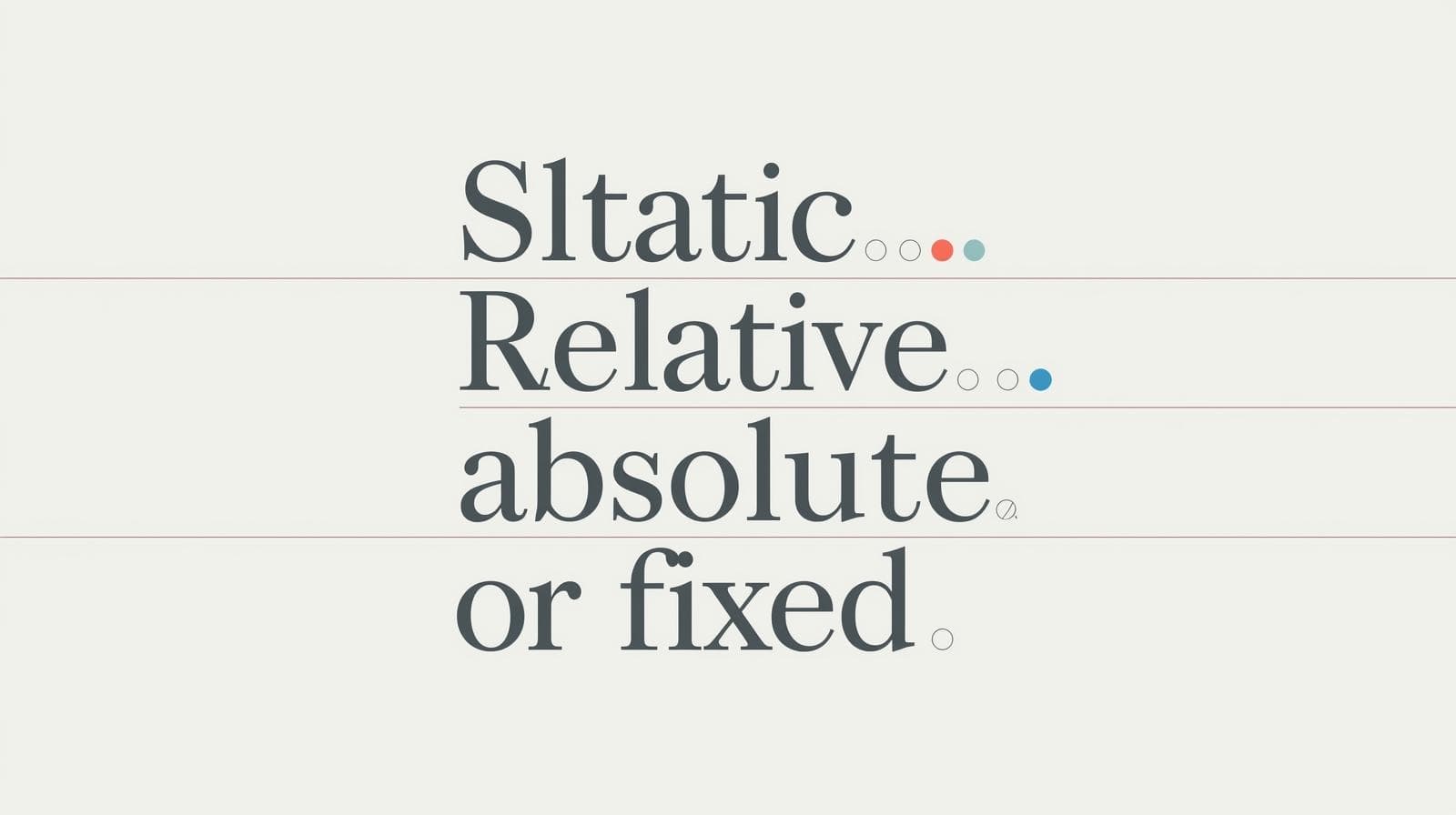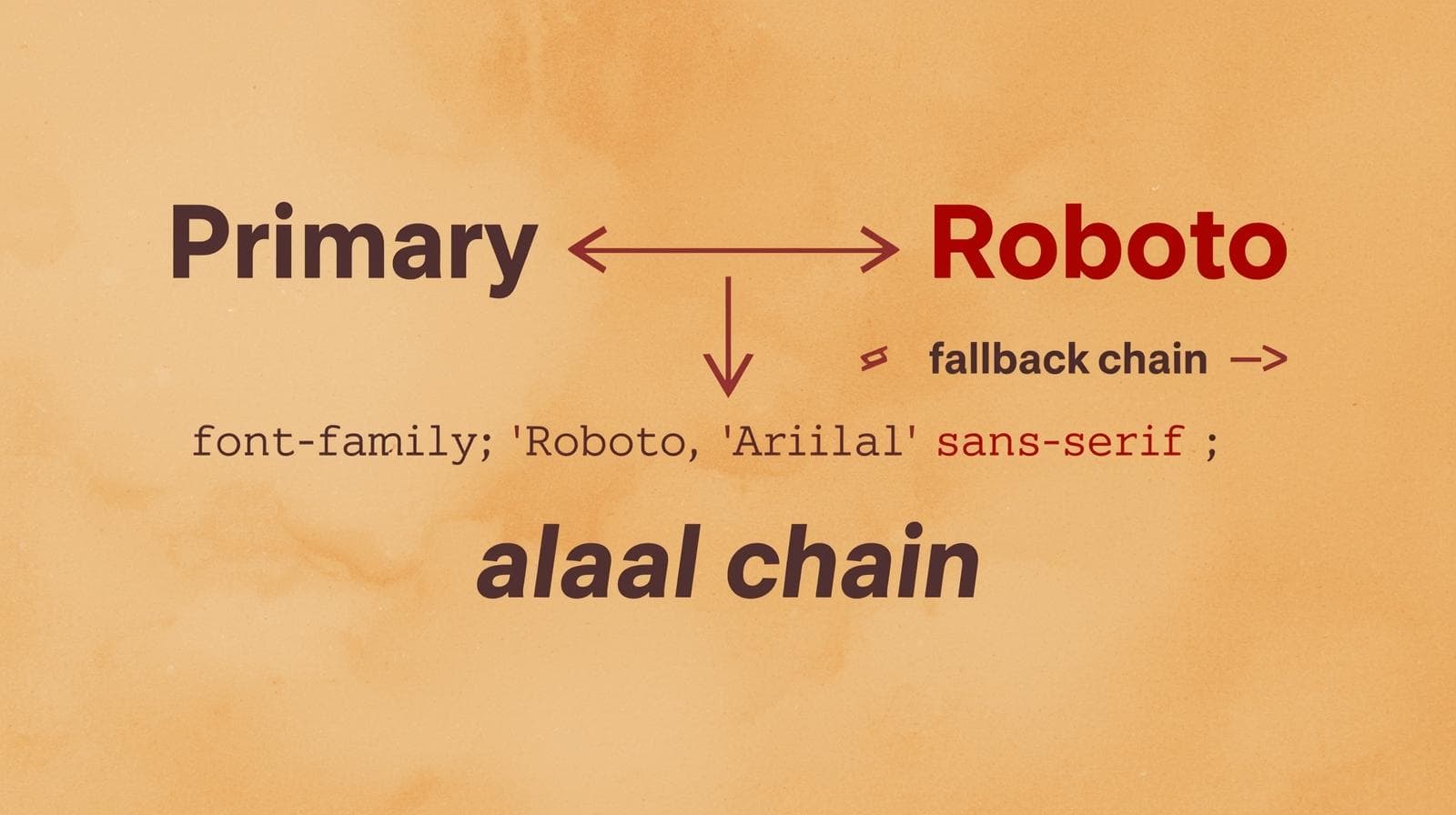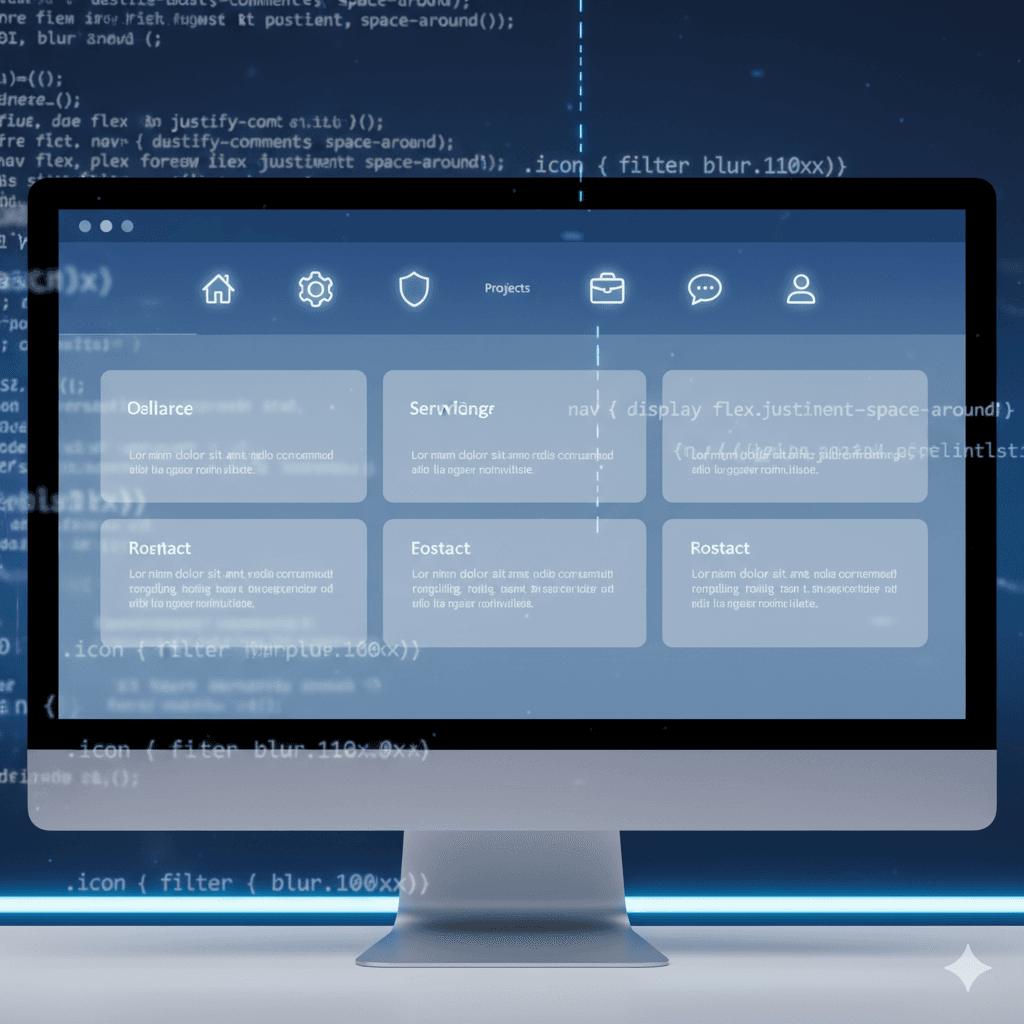JavaScript Timers Masterclass: A Deep Dive into setTimeout and setInterval

Master JavaScript timers! This in-depth guide explains setTimeout and setInterval with real-world examples, best practices, and common pitfalls. Elevate your web development skills today.

JavaScript Timers Masterclass: A Deep Dive into setTimeout and setInterval
JavaScript Timers Masterclass: Taming setTimeout and setInterval
Have you ever visited a website where a notification banner gracefully slides away after a few seconds? Or perhaps you've used a dashboard that automatically updates stock prices or new messages without you hitting the refresh button? Maybe you've built a simple quiz where the user only has 10 seconds to answer.
If you've ever wondered, "How do they do that?"—the answer almost always involves two of JavaScript's most fundamental, yet often misunderstood, functions: setTimeout and setInterval.
These timers are the workhorses of dynamic, interactive web experiences. They allow your code to schedule tasks for the future, creating the illusion of multitasking in a language that is, at its heart, single-threaded. But with great power comes great responsibility. Used correctly, they can make your application feel alive and responsive. Used poorly, they can lead to performance nightmares and bugs that are a pain to track down.
In this comprehensive guide, we're not just going to scratch the surface. We're going to dive deep into the world of JavaScript timers. We'll explore their syntax, build real-world examples from the ground up, discuss critical best practices, and answer frequently asked questions. By the end of this post, you'll be able to wield setTimeout and setInterval with the confidence of a seasoned pro.
Ready to build dynamic, professional-grade web applications? To learn professional software development courses such as Python Programming, Full Stack Development, and MERN Stack, visit and enroll today at codercrafter.in.
The Building Blocks: Understanding the Basics
Before we start building complex features, let's ensure we have a rock-solid understanding of what these functions are and how they work at a fundamental level.
What is setTimeout?
setTimeout is a function that allows you to schedule a piece of code (a function) to run once after a specified delay. Think of it as setting an alarm clock. You tell the browser, "Hey, wake me up in 5 minutes," and it goes off once.
Syntax:
javascript
let timeoutID = setTimeout(function, delayInMilliseconds, [arg1], [arg2], ...);function: The function to be executed after the timer expires.delayInMilliseconds: The time (in milliseconds) the timer should wait before executing the function. (1000 ms = 1 second).arg1, arg2, ...(Optional): Additional arguments which are passed through to the function specified earlier.timeoutID: A unique numeric ID returned by the function. This ID is your ticket to cancelling the timeout before it executes, usingclearTimeout.
A Simple setTimeout Example
Let's start with the classic "Hello, World!" of timers.
javascript
console.log("Script started");
// Schedule a function to run after 2 seconds
setTimeout(() => {
console.log("This message appears after 2000 milliseconds.");
}, 2000);
console.log("Script end");What will the output be?
"Script started""Script end"(2-second delay)
"This message appears after 2000 milliseconds."
This demonstrates a key concept in JavaScript: asynchronicity. The setTimeout function is non-blocking. The main thread of execution doesn't wait for the timer to finish. It schedules the task and immediately moves on to the next line (console.log("Script end")). The callback function inside setTimeout is executed later, by a different part of the JavaScript engine (the event loop).
What is setInterval?
While setTimeout is a one-time alarm, setInterval is a recurring timer. It repeatedly calls a function at a specified interval until it is explicitly told to stop. Imagine a metronome that ticks at a steady rhythm until you turn it off.
Syntax:
javascript
let intervalID = setInterval(function, delayInMilliseconds, [arg1], [arg2], ...);The parameters are identical to setTimeout. The key difference is in behavior: it repeats.
A Simple setInterval Example
Let's create a simple counter that increments every second.
javascript
let count = 0;
// Update the count every 1000ms (1 second)
const intervalId = setInterval(() => {
count++;
console.log(`Count is: ${count}`);
// Let's stop the counter after 5 counts
if (count >= 5) {
clearInterval(intervalId);
console.log("The interval has been cleared!");
}
}, 1000);Output:
Count is: 1(after 1 sec)Count is: 2(after 2 sec)Count is: 3(after 3 sec)Count is: 4(after 4 sec)Count is: 5(after 5 sec)The interval has been cleared!
Notice the use of clearInterval(intervalId). This is how you stop a setInterval from running forever. Forgetting to clear an interval is a common source of memory leaks and performance issues.
Diving Deeper: Real-World Use Cases and Examples
Theory is great, but let's see how these timers are used to solve real problems on the web. We'll build a few common features step-by-step.
Use Case 1: Building a Simple Notification System with setTimeout
Almost every modern web app needs a way to show temporary messages to users—success confirmations, error alerts, etc.
HTML:
html
<button id="showNotification">Show Success Message!</button>
<div id="notification" class="notification hidden">
Operation Completed Successfully!
</div>CSS:
css
.notification {
position: fixed;
top: 20px;
right: 20px;
padding: 15px 25px;
border-radius: 5px;
color: white;
font-weight: bold;
opacity: 1;
transition: opacity 0.5s ease-in-out;
}
.notification.success {
background-color: #4CAF50; /* Green */
}
.notification.hidden {
opacity: 0;
pointer-events: none;
}JavaScript:
javascript
function showNotification(message, type = 'success', duration = 3000) {
const notification = document.getElementById('notification');
notification.textContent = message;
notification.className = `notification ${type}`; // Reset classes
// Remove the 'hidden' class to make it visible
notification.classList.remove('hidden');
// Schedule the hiding of the notification
const timeoutId = setTimeout(() => {
notification.classList.add('hidden');
}, duration);
// Bonus: Allow manual dismissal by clicking
notification.onclick = () => {
clearTimeout(timeoutId); // Cancel the auto-hide timeout
notification.classList.add('hidden');
};
}
// Hook up the button
document.getElementById('showNotification').addEventListener('click', () => {
showNotification('Your settings have been saved!');
});In this example, setTimeout is the hero. It automatically dismisses the notification after 3 seconds, providing a smooth, non-intrusive user experience. We also use clearTimeout if the user clicks on the notification, ensuring the two actions don't conflict.
Use Case 2: Creating an Auto-Saving Feature with setTimeout and Debouncing
A "debounced" auto-save is a fantastic user experience feature. It waits for the user to stop typing for a brief moment before saving, preventing excessive, unnecessary network requests.
HTML:
html
<textarea id="editor" placeholder="Start typing..."></textarea>
<p>Status: <span id="status">Idle</span></p>JavaScript:
javascript
const textarea = document.getElementById('editor');
const statusElement = document.getElementById('status');
let timeoutId;
function saveContent() {
const content = textarea.value;
statusElement.textContent = 'Saving...';
// Simulate a network request (e.g., to a server)
setTimeout(() => {
console.log('Content saved:', content);
statusElement.textContent = 'Saved!';
// Reset status after 2 seconds
setTimeout(() => {
statusElement.textContent = 'Idle';
}, 2000);
}, 1000);
}
textarea.addEventListener('input', () => {
statusElement.textContent = 'Typing...';
// Clear the previous timeout, canceling the pending save
clearTimeout(timeoutId);
// Set a new timeout to save in 1 second after the user stops typing
timeoutId = setTimeout(saveContent, 1000);
});This is a classic debouncing pattern. Every time the user types, we cancel the previously scheduled save and set a new one. The save only happens when there is a full 1-second pause in the user's typing. This is a powerful technique that setTimeout makes incredibly easy.
Use Case 3: Building a Dynamic Slideshow with setInterval
A rotating image slideshow is a perfect use case for setInterval.
HTML:
html
<div class="slideshow">
<img id="slide" src="image1.jpg" alt="Slide 1">
<button id="prevBtn">Previous</button>
<button id="nextBtn">Next</button>
<button id="playPauseBtn">Pause</button>
</div>JavaScript:
javascript
const slides = ['image1.jpg', 'image2.jpg', 'image3.jpg', 'image4.jpg'];
let currentSlide = 0;
let slideInterval;
const slideElement = document.getElementById('slide');
const playPauseBtn = document.getElementById('playPauseBtn');
const nextBtn = document.getElementById('nextBtn');
const prevBtn = document.getElementById('prevBtn');
function goToSlide(n) {
currentSlide = n;
// Loop back to the start or end if we go out of bounds
if (currentSlide >= slides.length) currentSlide = 0;
if (currentSlide < 0) currentSlide = slides.length - 1;
slideElement.src = slides[currentSlide];
}
function nextSlide() {
goToSlide(currentSlide + 1);
}
function prevSlide() {
goToSlide(currentSlide - 1);
}
function playSlideshow() {
slideInterval = setInterval(nextSlide, 3000); // Change slide every 3 seconds
playPauseBtn.textContent = 'Pause';
}
function pauseSlideshow() {
clearInterval(slideInterval);
playPauseBtn.textContent = 'Play';
}
// Start the slideshow automatically
playSlideshow();
// Event Listeners for controls
playPauseBtn.addEventListener('click', () => {
if (slideInterval) {
pauseSlideshow();
} else {
playSlideshow();
}
});
nextBtn.addEventListener('click', () => {
pauseSlideshow();
nextSlide();
});
prevBtn.addEventListener('click', () => {
pauseSlideshow();
prevSlide();
});Here, setInterval drives the automatic progression of the slideshow. The user controls use clearInterval to pause it and manually navigate. This pattern gives you full control over a recurring process.
Leveling Up: Best Practices and Common Pitfalls
Knowing how to use the tools is only half the battle. Knowing how to use them well is what separates junior developers from seniors.
1. Always Clear Your Intervals
This cannot be stressed enough. An uncleared setInterval will continue to run even after the user has navigated away from the page in a Single Page Application (SPA), consuming memory and CPU. Always use clearInterval in event handlers for component unmounting (in frameworks like React), or when the recurring task is no longer needed.
2. Understand the "Minimum Delay"
The delay you specify is a minimum time, not a guaranteed time. JavaScript's event loop can be busy with other tasks (like parsing HTML, handling events, or executing other code). If the main thread is blocked, your timer callback will have to wait its turn.
javascript
console.log("Start");
setTimeout(() => { console.log("Timeout"); }, 0);
// Simulate a long-running task
for (let i = 0; i < 1e9; i++) { /* blocking loop */ }
console.log("End");Output: Start, End, (delay), Timeout. Even with a 0ms delay, the callback waits for the blocking loop to finish.
3. Avoid Drift with setInterval
Be cautious with setInterval for tasks that must happen at precise intervals. If the callback function itself takes a significant amount of time to execute, the next execution will be delayed, causing "drift."
Bad (Drifting):
javascript
// If doSomething() takes 300ms, the interval is effectively 1300ms.
setInterval(doSomething, 1000);Good (Self-Correcting):
javascript
function doSomething() {
// ... perform the task ...
// Schedule the next execution *after* the current one finishes
setTimeout(doSomething, 1000);
}
// Start the cycle
setTimeout(doSomething, 1000);This chained setTimeout pattern ensures a fixed delay between the end of one execution and the start of the next, preventing drift.
4. Use the Return Value (the timeoutID/intervalID)
Always store the ID returned by these functions. You need it to cancel the operation. It's a good practice to declare the variable (let timeoutId) in a scope that allows you to access it for cleanup.
5. Be Mindful of this Binding
If you pass an object's method to a timer, the this context might not be what you expect.
javascript
const myObject = {
value: 10,
logValue: function() {
console.log(this.value); // `this` is not myObject inside setTimeout!
}
};
// This will log `undefined` (or `window.value` in non-strict mode)
setTimeout(myObject.logValue, 1000);
// Fix: Use an arrow function or .bind()
setTimeout(() => myObject.logValue(), 1000);
setTimeout(myObject.logValue.bind(myObject), 1000);Frequently Asked Questions (FAQs)
Q1: What is the difference between setTimeout(fn, 0) and setImmediate or requestAnimationFrame?
setTimeout(fn, 0): Schedules a task to run after the current script and any pending microtasks (like promises) are complete. It's the next "task" in the queue.requestAnimationFrame(callback): Designed specifically for animations. It runs before the next browser repaint (usually 60 times per second), leading to smoother animations and better performance. For visual animations, always preferrequestAnimationFrameoversetInterval.setImmediate: A Node.js-specific function, not available in browsers. It's similar tosetTimeout(fn, 0)but has slight differences in the Node.js event loop.
Q2: Can I pass arguments to the function inside a timer?
Yes! As shown in the syntax, any arguments after the delay are passed to the callback function.
javascript
function greet(name, punctuation) {
console.log(`Hello, ${name}${punctuation}`);
}
setTimeout(greet, 1000, 'Alice', '!'); // Logs: "Hello, Alice!" after 1 secQ3: Are timers accurate for precise timekeeping?
No. As discussed, they are minimum delays and can be delayed by other browser tasks. For high-precision, you might need to use a Web Worker or compare timestamps with Date.now() or performance.now().
Q4: How do I stop a setTimeout before it runs?
Use clearTimeout(timeoutID). If the function hasn't executed yet, it will be cancelled entirely.
Q5: What happens if I set a very large delay or an infinite loop with setInterval?
The delay is stored as a 32-bit signed integer, so the maximum delay is 2^31 - 1 milliseconds (about 24.8 days). Any value larger than that will cause an overflow and execute immediately. An infinite setInterval will run until the page is closed or clearInterval is called.
Conclusion: Mastering the Flow of Time
setTimeout and setInterval are deceptively simple tools that form the backbone of modern, interactive web development. From creating subtle UI enhancements to powering complex, real-time features, their utility is immense.
To recap the key takeaways:
Use
setTimeoutfor one-off, delayed tasks.Use
setIntervalfor recurring tasks, but always have a clear stopping condition.Understand that delays are minimums, not guarantees.
Prefer chained
setTimeoutoversetIntervalto avoid timing drift.Always clean up your timers to prevent memory leaks and unexpected behavior.
Mastering these concepts is a crucial step on your journey to becoming a proficient software developer. They teach you about the asynchronous nature of JavaScript and the event loop, which is fundamental to the language.
If you enjoyed this deep dive and want to build a rock-solid foundation in web development, this is exactly the kind of practical, in-depth knowledge we focus on. To learn professional software development courses such as Python Programming, Full Stack Development, and MERN Stack, visit and enroll today at codercrafter.in. We'll help you transform from a beginner to a job-ready developer, one concept at a time.









